1. Worn-Out Appliances
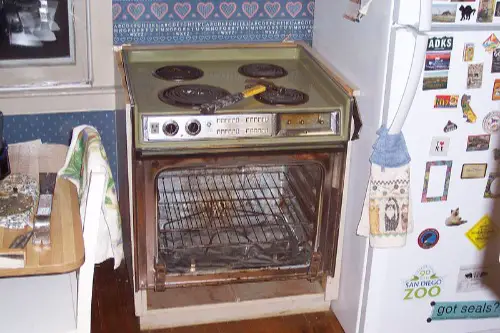
Buyers love a move-in ready kitchen, and nothing kills that vibe faster than tired, outdated appliances left behind. A fridge with broken shelves or a stove that doesn’t heat evenly signals “more work than expected.” Even if the appliance technically works, its age and condition can make a house feel less cared for. Many buyers instantly calculate replacement costs, which can derail negotiations.
It’s not just the kitchen either; laundry appliances matter too. A washing machine that leaks or a dryer that barely heats creates an impression of neglect. Buyers want to feel confident that the home’s essentials are functional. Leaving behind worn-out appliances can leave them second-guessing the entire property.
2. Broken Light Fixtures
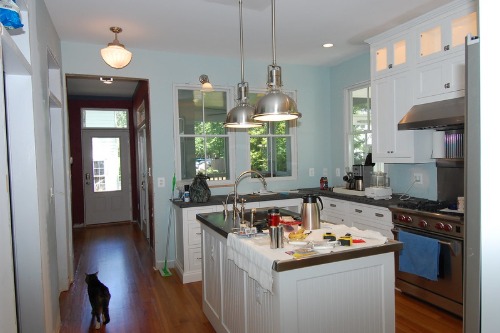
A hanging light with a frayed wire or a flickering fixture is more than a minor inconvenience—it feels unsafe. Buyers notice these details immediately, often assuming other maintenance issues are lurking. Poor lighting also makes rooms appear less inviting and can even change the perceived size of a space. Replacing or repairing fixtures is an easy fix, but leaving them behind sends the wrong message.
Even if the bulbs work, outdated or damaged fixtures can date a home. Buyers imagine themselves spending extra money on replacements or worrying about electrical issues. Small cosmetic updates matter because they’re the easiest way to signal a well-maintained home. Broken light fixtures are a subtle red flag that can linger in a buyer’s mind.
3. Stained Carpets
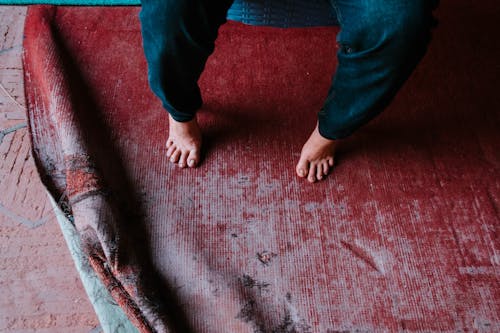
Nothing says “lived-in” more than old, stained carpet. Buyers often see it as a hidden chore, wondering if odors or mold might be lurking underneath. Even a faint coffee stain or pet accident can trigger thoughts about deep cleaning costs. This is especially true in high-traffic areas like hallways and living rooms.
Hardwood or tile may have its own charm, but carpeted spaces can feel immediately off-putting when not in good shape. A clean, neutral floor gives buyers the chance to envision their own style. Leaving carpet behind that shows years of use subtly undermines the home’s appeal. Even buyers who love a home overall might mentally subtract value because of it.
4. Old Window Treatments
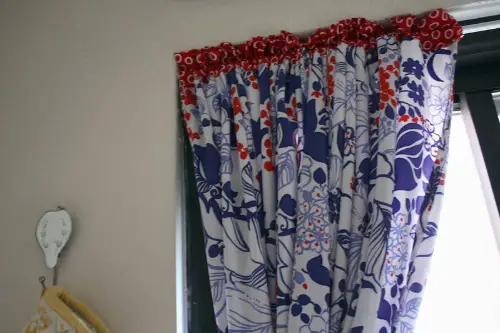
Heavy, dated curtains or blinds that don’t work can make a room feel dark and neglected. Buyers often see window treatments as extra work they’ll have to replace immediately. Torn or mismatched shades scream “seller didn’t care,” which can make buyers suspicious of other maintenance issues. Natural light is a huge selling point, and anything blocking it is a turn-off.
Even functional but outdated blinds can feel like an eyesore. Neutral, modern window coverings make a home feel brighter and more spacious. Buyers subconsciously note these details, imagining themselves stripping everything out before living comfortably. Leaving old treatments behind can make a great room feel lackluster.
5. Pet Odors or Leftover Items
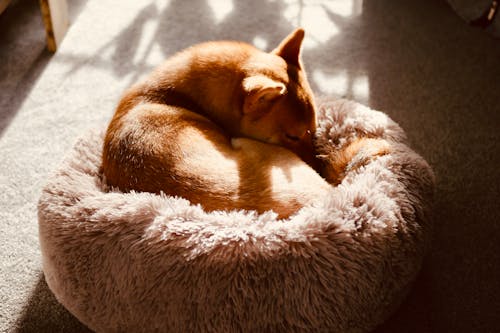
A lingering pet smell is almost impossible to ignore, even if the home is clean. Buyers want to picture themselves living there, not dealing with lingering odors. Items like scratched doors or chewed-up baseboards reinforce that a home needs more work than expected. Even beloved pet toys left around can make spaces feel cluttered and less neutral.
Pet hair in corners or vents can feel unhygienic to buyers. It signals that deep cleaning may be required, which can feel overwhelming. Some buyers have allergies or sensitivities, making these issues dealbreakers. Removing every trace of pets is essential to a smooth sale.
6. Old Paint Jobs
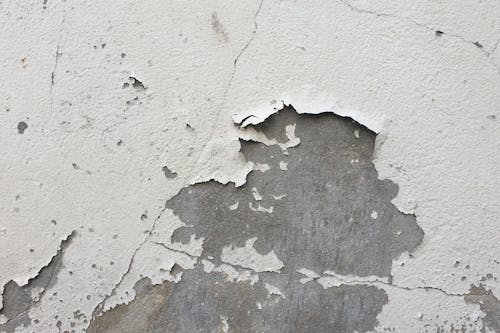
Walls with scuffs, chips, or outdated colors immediately date a home. Buyers often see peeling paint or funky colors as a chore rather than a choice. Even neutral tones that are faded or patchy can make rooms feel uncared-for. Fresh paint signals a clean slate and helps buyers imagine their own style.
Sellers sometimes underestimate the power of touch-ups. Small scratches or nail holes can stand out when buyers are walking through. Paint is one of the easiest ways to create a polished, move-in-ready impression. Leaving old paint behind can subtly lower perceived value.
7. Outdated Bathroom Fixtures
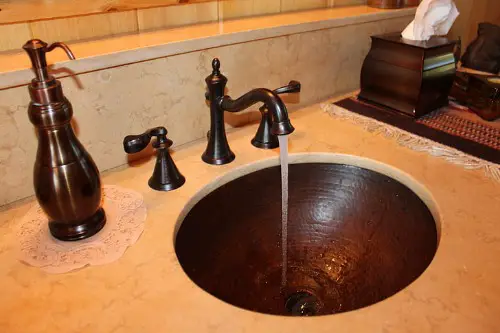
Faucets that drip or old showerheads may seem minor, but buyers notice. Bathrooms are high-traffic, high-stakes spaces where functionality matters. Even if everything technically works, dated fixtures make a bathroom feel less fresh. Buyers often factor the cost of replacement into their offer.
Tiny details like towel bars, mirrors, or toilet seats matter more than sellers expect. A mismatched or rusted fixture can make a bathroom feel neglected. Upgrading these items is inexpensive compared to the impression they leave. Buyers want the bathroom to feel like a retreat, not a renovation project.
8. Built-In Storage Left Messy
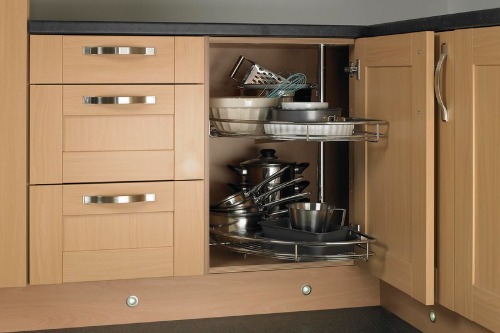
Closets and cabinets stuffed with random items immediately signal clutter. Buyers want to see space, not someone else’s belongings. Messy storage makes it harder to imagine the home fitting their own stuff. Even partially filled drawers or pantries can be off-putting.
Unfinished or poorly maintained shelves also send subtle messages. Sagging shelves, chipped doors, or peeling laminate suggest neglect. Buyers mentally calculate the effort needed to fix these areas. Clean, empty storage is one of the easiest ways to make a home feel move-in ready.
9. Old Thermostats
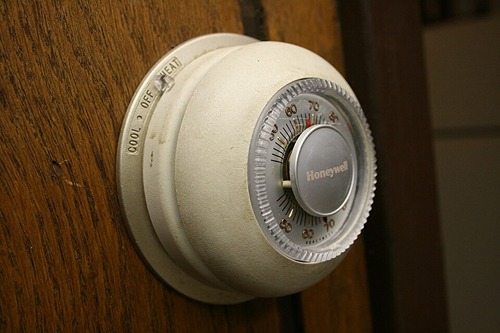
An outdated thermostat might not seem like a dealbreaker, but buyers notice when it looks stuck in the ‘90s. Modern smart thermostats are more efficient and easier to use, so old units can feel inconvenient. Buyers also worry about hidden inefficiencies in heating and cooling. A tiny tech upgrade can make a surprisingly big impression.
If it’s analog or constantly malfunctioning, buyers may assume the HVAC system is older or poorly maintained. That can immediately spark thoughts of future costs. A new, functional thermostat signals a well-cared-for home. Leaving the old unit behind can be a subtle red flag.
10. Garage Clutter
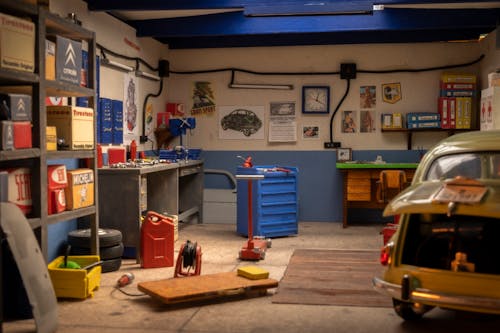
Garages often become storage catch-alls, and buyers hate it. They want to see space for cars or hobbies, not someone else’s boxes. Overstuffed garages make the home feel smaller and more chaotic. Buyers subconsciously judge the rest of the home based on the garage.
Even small piles of junk can reduce appeal. Garages are meant to feel like usable space, not a storage nightmare. Cleaning out and organizing this area instantly increases perceived value. Buyers appreciate seeing potential, not clutter.
11. Broken or Missing Screens
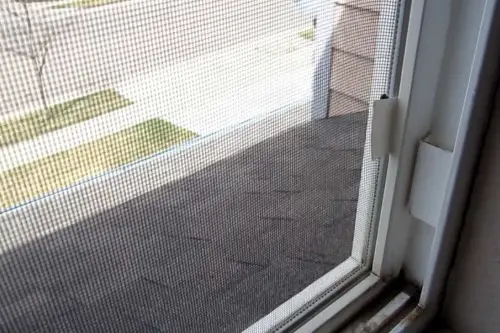
Windows without screens or with torn ones are more noticeable than sellers expect. Buyers imagine bugs, drafts, and extra costs before moving in. Broken screens can also suggest poor home maintenance. Even small cosmetic fixes like replacing a screen show attention to detail.
Screens are one of those subtle things that impact first impressions. They don’t cost much to replace but make spaces feel complete. Buyers want functional windows that don’t require immediate attention. Leaving old or missing screens behind diminishes a home’s polish.
12. Yard Debris and Dead Plants

A messy yard or dead landscaping sets a negative tone before buyers even enter the house. Overgrown weeds, dead plants, or scattered debris suggest neglect. First impressions matter, and the exterior is the first thing buyers judge. Even a small effort to tidy up can dramatically improve appeal.
Buyers imagine themselves maintaining the yard, and anything that looks overwhelming can reduce enthusiasm. Lush, healthy landscaping creates a welcoming feeling. Removing debris and refreshing plants signals that the home has been cared for. A neat exterior increases confidence in the property overall.
13. Leftover Furniture
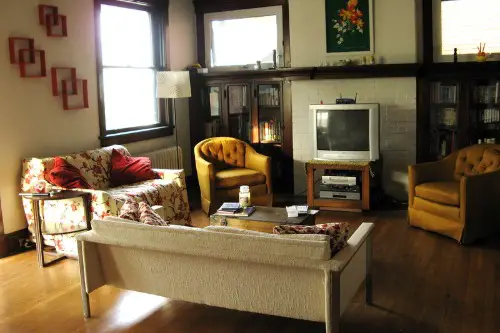
When sellers leave behind bulky or outdated furniture, buyers feel burdened instead of excited. An old couch, broken dresser, or heavy dining set often means the buyer will have to deal with removal costs. Even if the pieces are technically usable, they rarely match a buyer’s taste. Furniture left behind can make spaces look smaller and harder to imagine personalizing.
For many buyers, finding furniture they didn’t ask for feels like inheriting a problem. They want a blank canvas, not someone else’s leftovers. Large, heavy items especially stand out as obstacles to moving in smoothly. Sellers who clear everything out create a far better impression of readiness.
14. Half-Used Cleaning Supplies
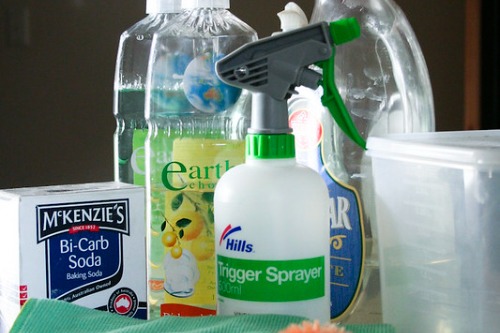
A pile of half-empty bottles under the sink may feel helpful to a seller, but buyers see it differently. Old sponges, leaky detergents, and random sprays signal a lack of care. Instead of looking practical, it feels like clutter that should have been tossed. Buyers don’t want to clean up someone else’s leftovers before settling in.
Even unopened cleaning products can feel oddly personal when scattered around. Buyers would rather stock their own supplies than sort through a mismatched collection. A spotless cabinet is far more appealing than one filled with odds and ends. Leaving these items behind just makes the home feel less fresh.
15. Outdated Ceiling Fans
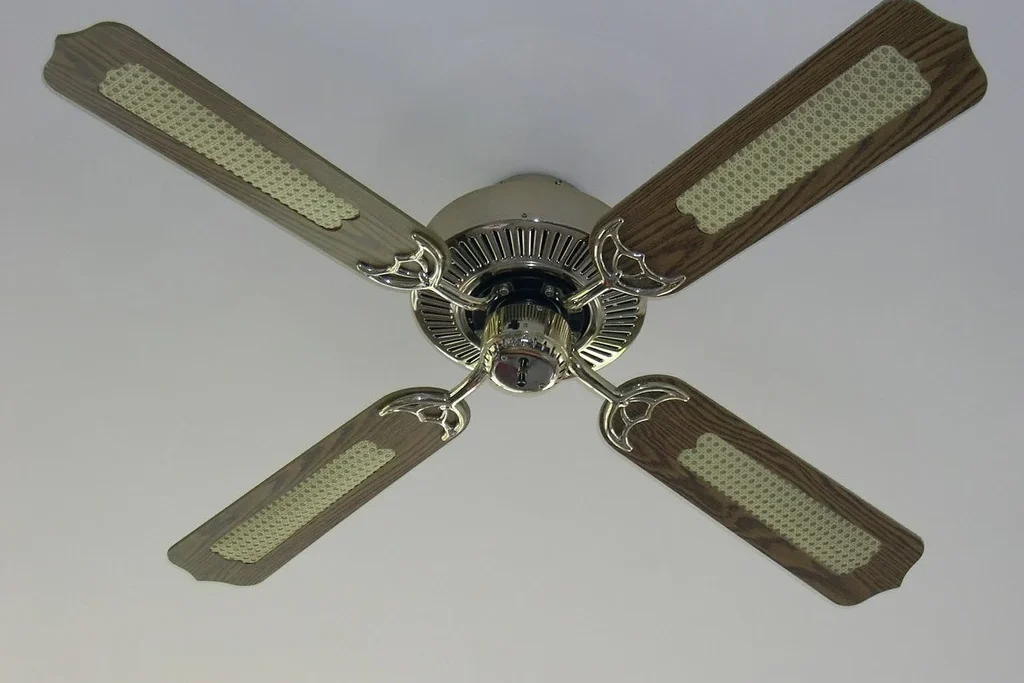
Ceiling fans with wobbling blades or yellowed light covers instantly age a room. Even if functional, they often look dated and distracting. Buyers imagine the hassle of replacing them before they can truly enjoy the space. Something as simple as a modern fan can dramatically change the atmosphere of a room.
Old fans also raise concerns about noise and safety. A squeaky or unbalanced fan can feel like a constant annoyance waiting to happen. Buyers notice when fixtures don’t feel solid or up-to-date. Removing or replacing them before listing avoids leaving a negative impression.
16. Random Garage or Shed Items

Old paint cans, rusty tools, and piles of leftover nails often linger in garages or sheds. While sellers may think they’re being generous, buyers usually see it as a hassle. Disposing of hazardous materials like paint or chemicals requires effort and sometimes fees. These abandoned items turn an otherwise usable space into a chore.
Buyers want a clean slate, not a dump site for forgotten projects. Even small items like loose screws or broken rakes send the message of neglect. An empty, organized garage or shed is far more appealing than one packed with random leftovers. The cleaner it looks, the easier it is for buyers to picture using it.
17. Old Mattresses or Bedding
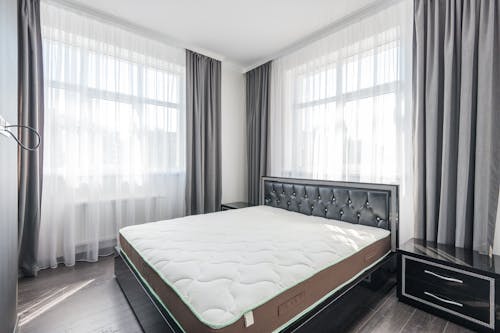
Few things feel less inviting than discovering an old mattress left behind. Mattresses are deeply personal, and buyers don’t want someone else’s used one in their home. Even clean bedding can feel uncomfortable when it clearly belonged to strangers. It immediately shifts the mood from welcoming to unsettling.
Sheets, pillows, and comforters left behind carry the same baggage. Instead of helping, they make a space feel less hygienic. Buyers want to imagine their own cozy touches, not sleep surrounded by reminders of the previous owner. Clearing these items out shows respect for the buyer’s fresh start.
18. Outdated Security Systems
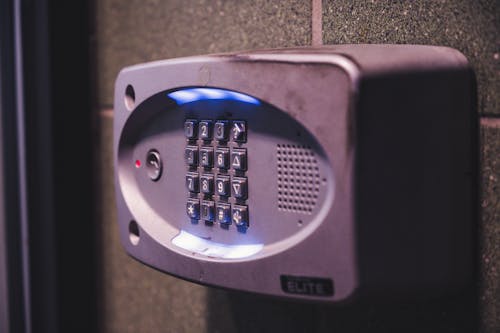
An old keypad with missing buttons or a disconnected alarm system feels more like a liability than a bonus. Buyers worry about hidden wiring issues or costly replacements. Outdated technology doesn’t inspire confidence in safety. Instead, it leaves buyers imagining the expense of an upgrade.
Modern buyers expect smart, streamlined systems, not relics from decades past. A visible but nonfunctional security setup makes a home feel unfinished. Even if unused, leaving it behind signals neglect. Removing outdated systems or replacing them with modern options makes a far stronger impression.
19. Leftover Food or Pantry Items
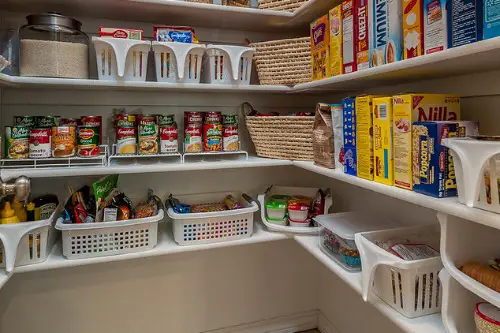
Nothing kills the excitement of opening cabinets faster than finding stale crackers or expired spices. Even small amounts of leftover food make a kitchen feel dirty. Buyers don’t want to sort through items that should have been tossed. It creates an immediate sense of someone else’s mess lingering.
Even sealed pantry goods can come across as awkward or unwanted. A clean, empty pantry gives buyers the excitement of filling it themselves. Food remnants undermine the idea of a fresh start. Sellers should always clear cupboards completely to make the space shine.
20. Outgrown or Broken Outdoor Play Equipment
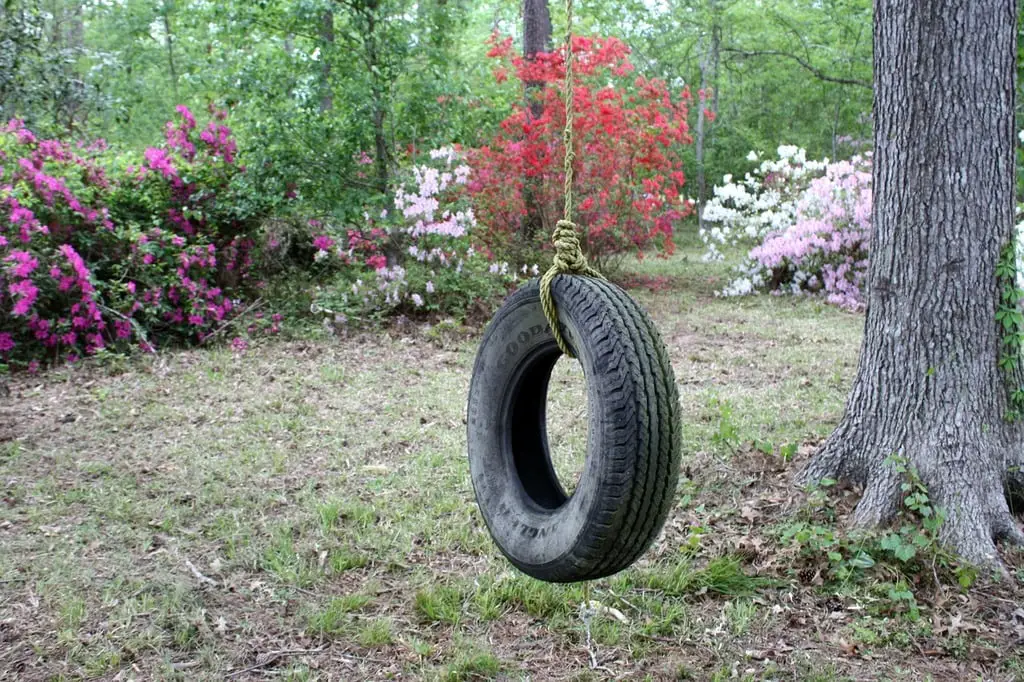
Rusty swing sets, cracked plastic slides, or broken trampolines in the yard can be a nightmare for buyers. Instead of seeing fun, they see liability and removal costs. These items take up valuable yard space that could otherwise be inviting. They can even make the yard feel smaller or less usable.
Buyers with children often prefer to choose their own safe, modern equipment. Those without kids see only obstacles and extra chores. Removing these items makes the yard feel open and full of potential. Leaving them behind suggests the seller didn’t care enough to finish the job.
This post 20 Things Sellers Leave Behind That Buyers Secretly Hate was first published on Greenhouse Black.
